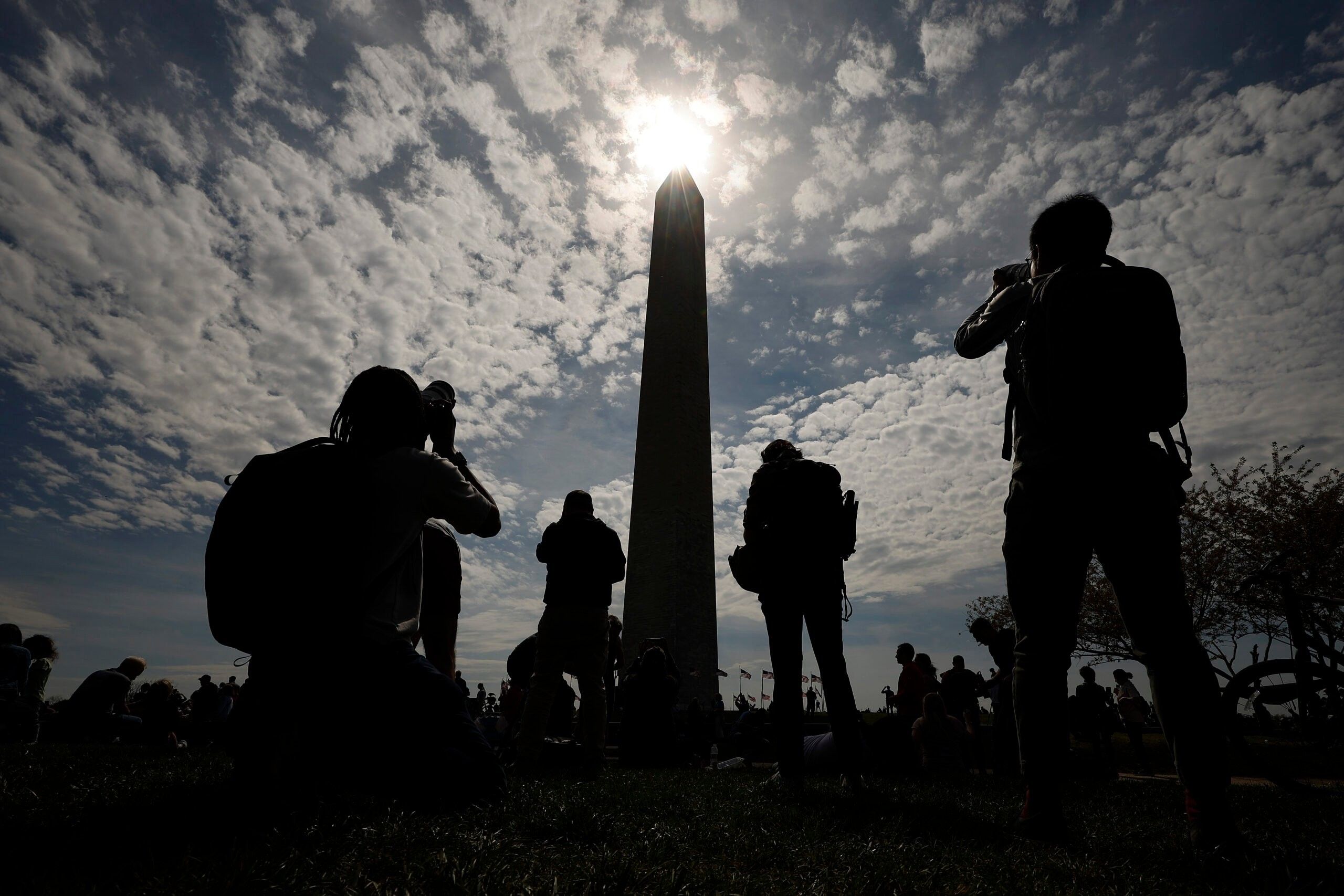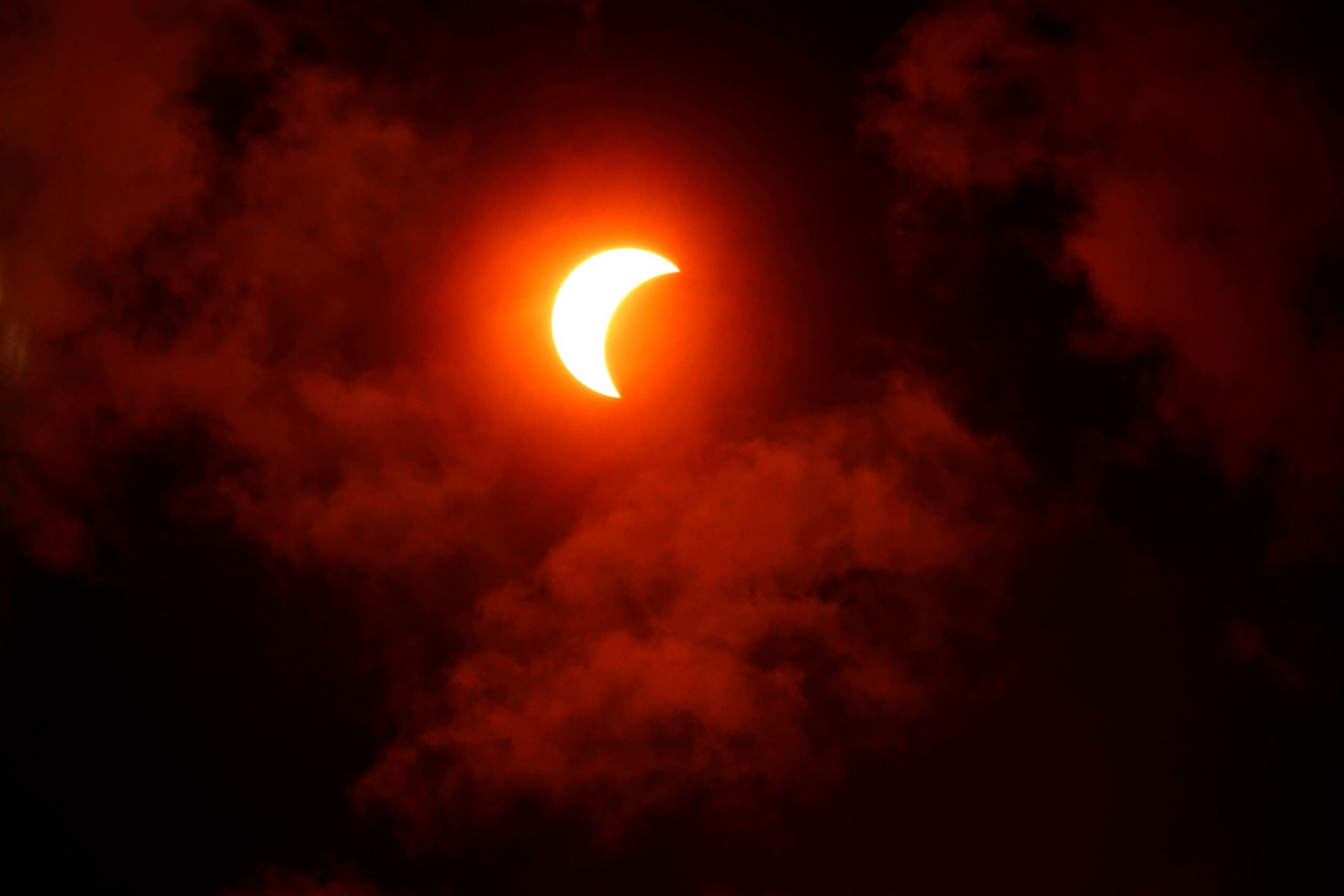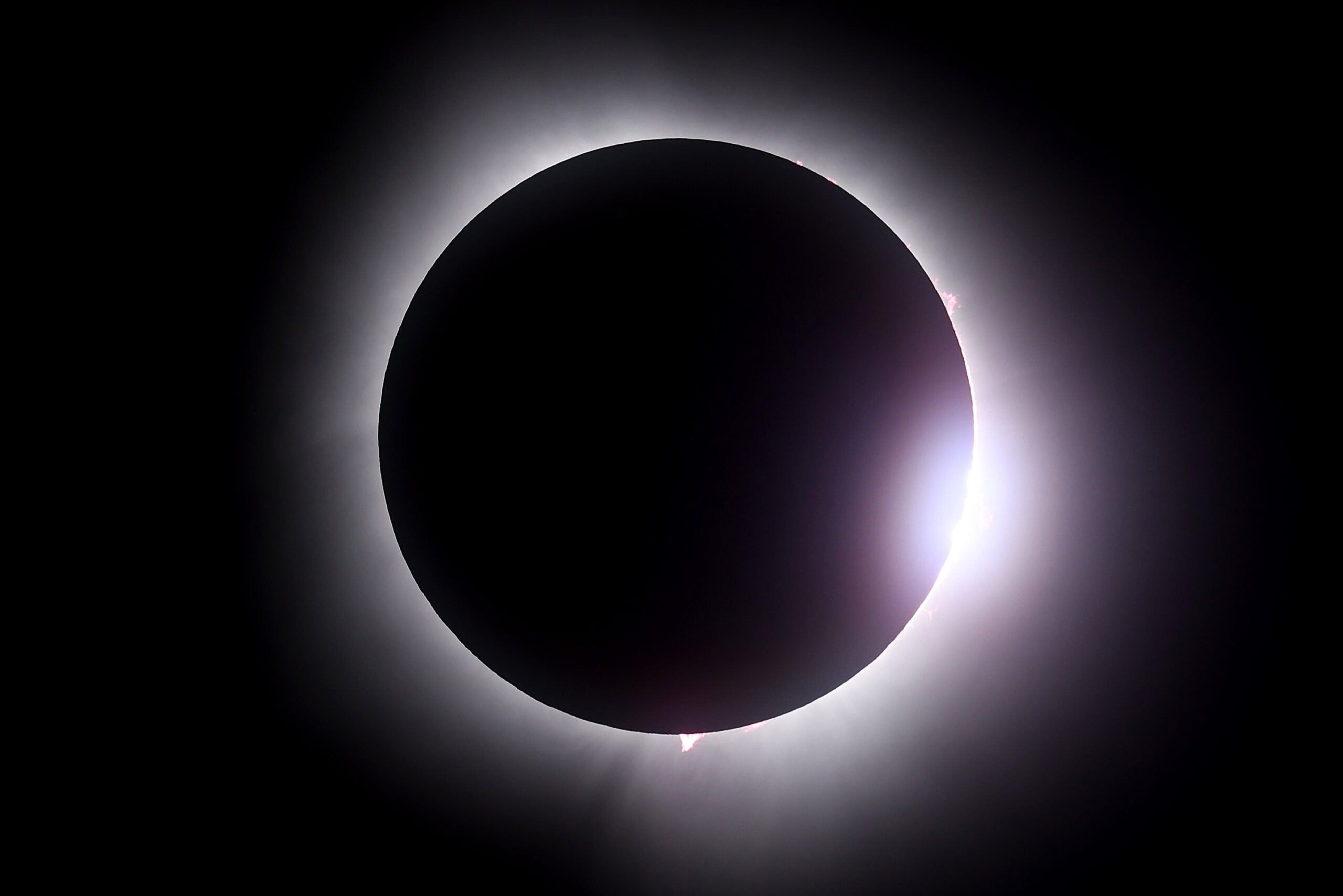Eclipse mania swept across North America on April 8, 2024, as millions of people eagerly anticipated the rare spectacle of a total solar eclipse. From Mexico to the United States and Canada, excitement filled the air as the moon began its journey across the face of the sun, ultimately casting a chilly midday darkness over the continent.
In Mesquite, Texas, where hundreds gathered downtown to witness the event, the anticipation was palpable. Clouds had blanketed most of Texas, threatening to obscure the view, but just moments before totality, they parted, allowing the crowd to witness the sun’s corona in all its glory. The atmosphere was electric as spectators removed their eclipse glasses to take in the unforgettable sight.

For many, witnessing a total solar eclipse was a once-in-a-lifetime experience. The rarity of the event was not lost on them; the last total solar eclipse in the region had occurred in the 1870s, making this one particularly special.
In Texas, a family gathered at Southwestern University in Georgetown to witness the eclipse. With blankets, lawn chairs, and country music, they settled in for the show. As darkness fell, Hussein remarked that he would never forget the experience. It was a sentiment shared by many across the continent as they gazed up at the celestial display.
Arkansas and northeast New England were among the best places to witness the eclipse in the United States. In Canada, New Brunswick and Newfoundland also offered promising viewing conditions. As the eclipse travelled across the continent, spectators marvelled at the sight, capturing photos and videos to commemorate the event.
In Niagara Falls State Park, tourists gathered under cloudy skies, hopeful for a break in the clouds that would allow them to witness the eclipse. Despite the overcast conditions, excitement filled the air as people eagerly awaited the moment when the moon would completely obscure the sun.

As the eclipse reached its peak, darkness descended, and the sun’s corona became visible. Birds fell silent, and planets and stars emerged in the twilight sky. For over four minutes, spectators were treated to a sight that few would ever forget. It was a moment of awe and wonder, a reminder of the beauty and majesty of the universe.
The eclipse was not only a visual spectacle but also a scientific opportunity. Experts from NASA and universities across the continent were stationed along the eclipse’s path, conducting research and launching weather balloons to study the phenomenon. The International Space Station’s astronauts were also on hand to observe the eclipse from above.

Despite the challenges posed by the weather and the uncertainty of the moment, the eclipse brought people together in celebration of the natural world. It was a reminder of the power and beauty of the cosmos and a testament to the awe-inspiring wonders that await us beyond the confines of our planet.
As the eclipse drew to a close and daylight returned, spectators emerged from their viewing spots, their hearts full of wonder and gratitude for witnessing such a rare and beautiful event. Though the eclipse may have lasted only a few minutes, its impact will be felt for years to come, serving as a reminder of the beauty and fragility of our planet and the vastness of the universe that surrounds us.
